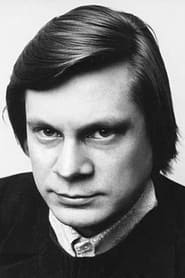

Endless Day(1971)
Among Tooming's filmic works, Endless Day provides perhaps the most eloquent material for investigating the radical renewal of visual and narrative form, as well as the shifting registers of spatio-social portrayals and critiques in Estonian cinema. It was banned in 1971 and ordered to be destroyed. However, the film was retained and restored in the 1990s.
Movie: Endless Day

Lõppematu päev
HomePage
Overview
Among Tooming's filmic works, Endless Day provides perhaps the most eloquent material for investigating the radical renewal of visual and narrative form, as well as the shifting registers of spatio-social portrayals and critiques in Estonian cinema. It was banned in 1971 and ordered to be destroyed. However, the film was retained and restored in the 1990s.
Release Date
1971-01-01
Average
0
Rating:
0.0 startsTagline
Genres
Languages:
EnglishEestisuomiKeywords
Similar Movies
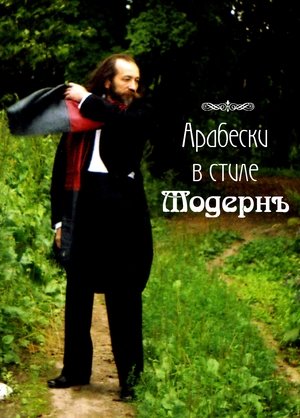 7.3
7.3The Birth of Music(ru)
The film is an allegory in which the attempt is made to show the inner process of movement of the composer's soul at the time of the birth of music.
 10.0
10.0Spaghetti Ramen(ja)
Originally completed in 2018, the film was largely self-funded, Mr Yen Ooi worked on the script, refining the vision of the film for over a decade, with multiple iterations of the story under names such as 'Beetle Ramen', in which the completed draft of this screenplay was finalised in 2005, this would become the basis of inspiration and 13 years later the final production "Spaghetti Ramen" would be completed. It was then distributed to different indie and international film festivals. Unfortunately due to the passing of the director in the same year, the final processes were incomplete and the film did not get screened anywhere due to not getting the rights clearance. In 2023 however, the film was cleared to screen at WORM, Camera Japan in Rotterdam. This allowed for the first and only screening of the film in the world.
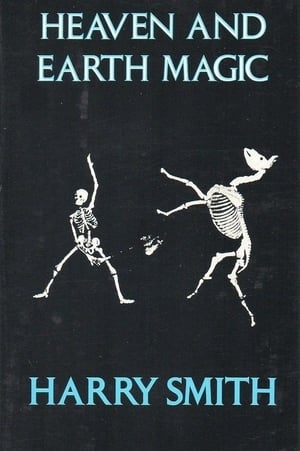 5.6
5.6Heaven and Earth Magic(en)
The first part depicts the heroine's toothache consequent to the loss of a very valuable watermelon, her dentistry and transportation to heaven. Next follows an elaborate exposition of the heavenly land, in terms of Israel and Montreal. The second part depicts the return to Earth from being eaten by Max Müller on the day Edward VII dedicated the Great Sewer of London.
 7.1
7.1The Ballad of Genesis and Lady Jaye(en)
An intimate, affecting portrait of the life and work of ground-breaking performance artist and music pioneer Genesis Breyer P-Orridge (Throbbing Gristle, Psychic TV) and his wife and collaborator, Lady Jaye, centered around the daring sexual transformations the pair underwent for their 'Pandrogyne' project.
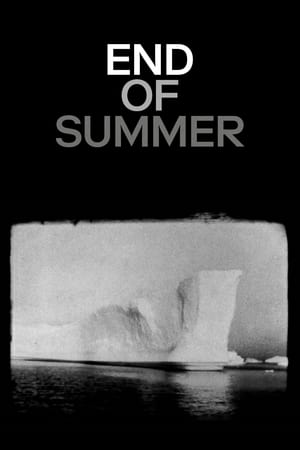 5.3
5.3End of Summer(xx)
A hypnotic and slow-burning journey through the austere landscapes of the island of South Georgia and the Antarctic Peninsula. Shot on black and white super 8 film as a series of mostly static tableaux over a period of 20 days during the waning days of the Antarctic Summer, the film is a startling look at life at the edge of the world.
 6.5
6.5Classic Albums: Frank Zappa - Apostrophe (') Over-Nite Sensation(en)
This episode focuses on Zappa's early 70s albums, Overnight Sensation (1973) and Apostrophy (') (1974). Together they encapsulate Zappa's extraordinary musical diversity and were also the 2 most commercially successful albums that he released in his prolific career. Included are interviews, musical demonstrations, rare archive & home movie footage, plus live performances to tell the story behind the conception and recording of these groundbreaking albums. Extras include additional interviews and demonstrations not included in the broadcast version, 2 full performances from the Roxy in 1973 and Saturday Night Live in 1976, and new full live performance done specially for these Classic Albums.
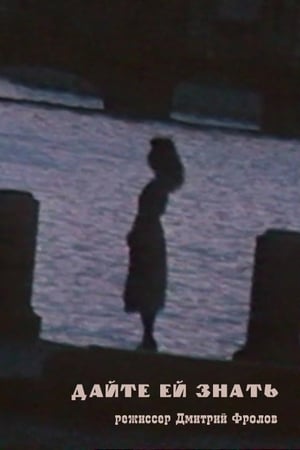 6.6
6.6Let Her Know(ru)
A lyrical story about love and death, realized as a message.
 10.0
10.043/84: 1984(xx)
Kurt Kren recorded the last television debate in the Reagan/Mondale election campaign. In the viewfinder, the television filled the entire picture, but the viewfinder did not match the lens entirely so that the television screen in the picture was very little. That was not the plan, but Kren decided to "adopt" the film in the end.
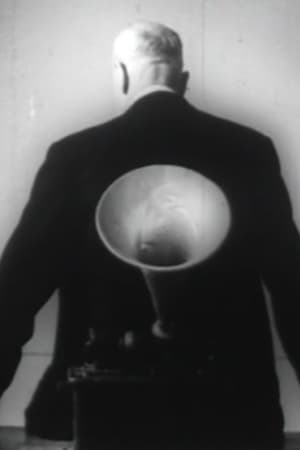 6.0
6.0Bela Bartók(en)
A portrait of the life and work of the great Hungarian composer Béla Bartók, exploring both his music and his passionate interest in his country's folklore.
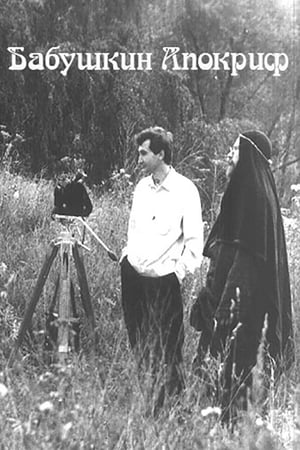 10.0
10.0The Granny's Apocrypha(ru)
Saw and imagined in the children's fantasy the story of grandmother of Christ and the Apostles a little girl. Today few people remember that just a few decades ago in the village houses next to the icons you could still see the popular prints on religious themes. They finally disappeared from use only in the 60-ies of the last century. Of course, their creators were not professional painters or connoisseurs of theology. Drew, as best they could, she felt, not knowing neither rules nor laws. Simple uneducated people, nuggets, sought to glorify God with their creativity, that resonates in the hearts of those of peasants or artisans as they are.
 9.0
9.0Another Stardust(tl)
A woman comes to terms with her life on her last day in town.
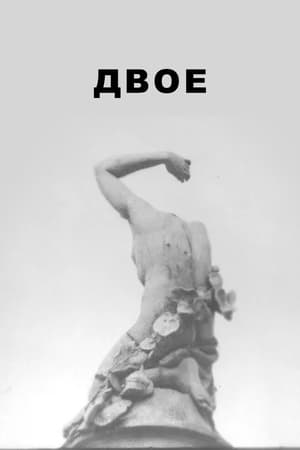 7.0
7.0The Two(ru)
Two men. Friends? Enemies? Lovers? Brothers? One is nothing, success or failure depends on two.
 0.0
0.0Hunting Confessions(en)
"This project consists a visual fluidity of construction, harmony and thoughts taking colors and length from this body of autonomy. Different images between figuration and abstraction are created by meaning and phenomenon letting the decoupage revealing a piece of a strange underworld. I built it like a window opened to the fresh air of improvisation by familiar landscapes, those exact moments articulating a connection between light and movement."
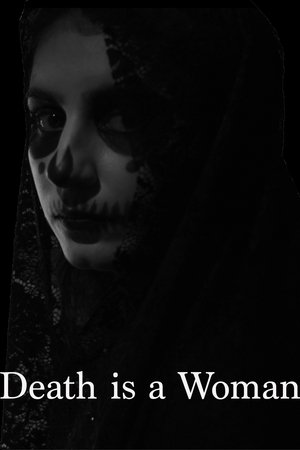 0.0
0.0Death is a Woman(en)
The personification of Death's love for a lonely man is challenged when he falls for a lively woman.
 0.0
0.0Motion Pictures are Your Best Entertainment(en)
Television was invented as a result of scientific and technical research. Its power as a medium of news and entertainment altered all preceding media of news and entertainment
 9.5
9.5Conversation(ru)
To the idly meditating musician received a call from his distant friend with a proposal to write a song about the untimely departed Lady Diana.
 0.0
0.0A Bold Voyage(en)
A tragic story of a musician taking a bold voyage in the pursuit of creation, ambition, and need. Letting life choose for him, as part of the art itself and coming to terms with his decisions.
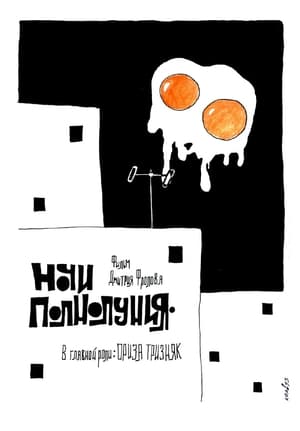 5.2
5.2The Bigmoon Nights(ru)
The film "Nights full moon" shows the tendency of moral decay in society. The main character is torn apart by internal contradictions, leading him to the path of Evil. Bans on self-identification - philosophical, existential, sexual, and then permissiveness spawn a monster that is not aware of its true nature and genuine desires. Throughout the film-trilogy, the protagonist goes through a series of temptations that ruin his soul and lead, after all, to a madhouse. In a general sense, the film allegorically shows the tragic path of the Russian lumpen intellectual, lost between the past and the present, not finding the strength to accept and comprehend the unexpected changes that happened in our country twenty years ago. In the global sense - the tragic circle of Russian history.
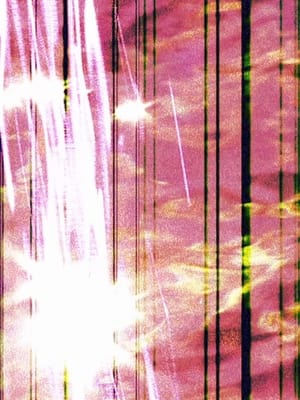 0.0
0.0Water from The Tremulous Stream(es)
A glimpse over the Diguillín River through the mechanical eye of an old digital camera. Light’s trail presents itself fortuitously over the reflection of the sun on the water, tracing infinite threads of concrete luminous information.
